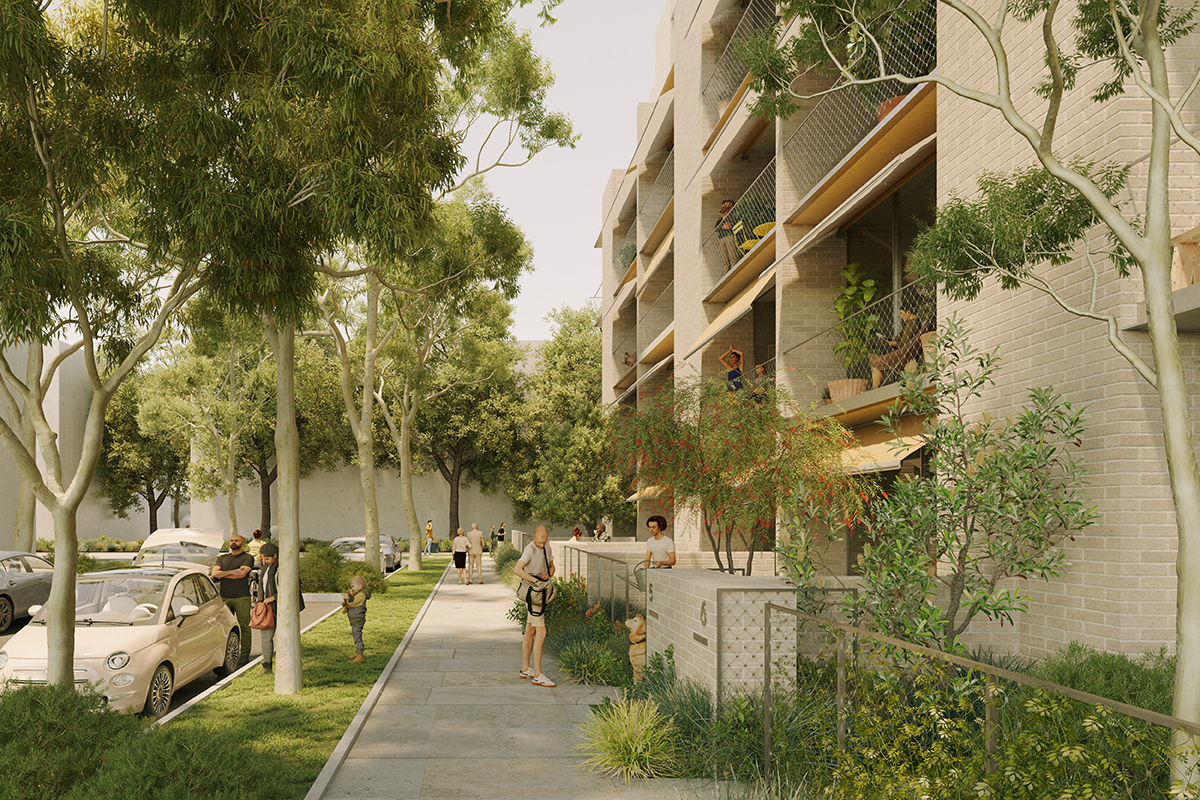A statement of intent for affordable housing in 2025
A big part of my life in the past year has been working towards creating more affordable housing in Sydney. As a layperson with no position of power, this isn’t an easy thing to just do. However, I find it such a worthwhile challenge that I’m going to keep doing it for as long as I can.

Housing in Australia
Australia faces a housing affordability crisis, especially in urban areas. There are many reasons for this, but I think the most pernicious is that Australians have largely chosen to treat housing as an investment. This implies that house prices must increase. Governments since the 90s have encouraged this with policy settings such as the combination of negative gearing and capital gains tax discount.
Our public and social housing sector has withered. It is seeing new investment under the current Labor government, but it will take a long time for it to recover.
As a software developer with a relatively high income, I am not eligible for public housing. That’s probably as it should be! But I don’t want my only other option to be playing the housing-as-investment game of snakes and property ladders.
I don’t want to participate in a system which I see as poorly-designed to suit the human needs of security, community, sustainability and affordability. The examples are rife, but here’s just one study which describes the shortcomings of the developer-led approach to housing.
An improvement: rental co-operatives
I’ve come to believe that the best way to deliver on the needs of the middle of the housing market is via European-style limited-equity co-operatives. Under this model of long-term secure rental:
-
A property (or multiple properties) are owned by a co-operative, which is a particular type of member-controlled private company.
-
The members of the co-operative have a right to reside in its property as long as they adhere to the co-operative’s bylaws. They also have an equal right to vote in the governance of the co-op.
-
Members typically “buy in” to the co-op with the equivalent to a small deposit on a home, which is refundable when leaving the co-op. Members then pay rent to the co-op while living there.
-
Members of existing developments, and potential residents of new ones, are often involved in the design and planning stages. This is crucial to ensure housing is designed not as a marketable commodity, but for those who will actually live in it.
(I’m leaving out a lot of detail here.)
In some European cities, this democratic not-for-profit housing sector provides as much as 20% of dwellings. This is not without significant government support, of course… but our current housing system also benefits hugely from government support!
There is growing awareness of and interest in this model in Australia. Have a look at:
- If a home is a human right — how can citizens and architects seize control of housing design?
- Australia urged to look to Europe for solutions to housing crisis
- Housing cooperatives: an answer to Australia’s housing shortage?
- Could co-operative housing solve the current crisis?
While I don’t think a co-operative sector is a panacea for the many issues we have, I strongly believe it would be a huge improvement. At its best, a co-operative housing sector can deliver quality affordable housing to people on a range of incomes, not only those who are relatively well-off.
Sydney Cohousing
At the start of 2024, trying to work out how to go about creating a La Borda-style development in Sydney, I found and joined Sydney Cohousing.
We are a small group of Sydneysiders who want to promote the ideas of the co-housing movement in Sydney. We want more opportunities to live in places where we know our neighbours, where people of diverse backgrounds, of all ages, of different levels of income can live side-by-side.
Our main project right now is creating a co-operative development of affordable co-housing in urban Sydney. It’s going to be a big challenge; we are blazing a trail that is new to Australia. All these separate elements exist here already, but not all in a single project.
In November, I was elected to be the secretary and president of Sydney Cohousing. (No congratulations are necessary; we’re a small association, and the six of us on the committee pretty much share the work.)
In 2025, I hope that we can make significant progress on our goals:
-
Building a community of people who want to live in this kind of co-operative, non-profit, community-oriented housing. (And those who want to help it become a reality even if they don’t want to live with us!)
-
Finding funding to develop our financial model, which is common elsewhere in the world but innovative in Australia, and requires legal and industry expertise to define.
-
Searching for land or existing property, and funding for the development itself.
-
Advocating for our vision with local councils and the state government, with allied organisations, and in public.
I think Australians deserve better than what’s on the market right now, and I’m so keen to be part of making that happen.
